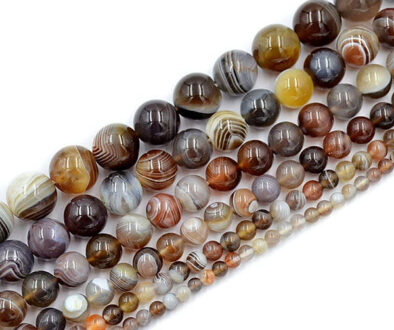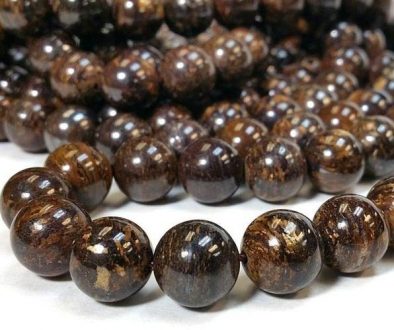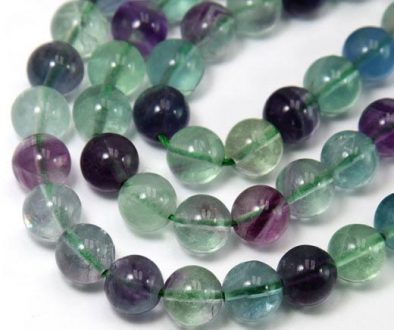Azurite
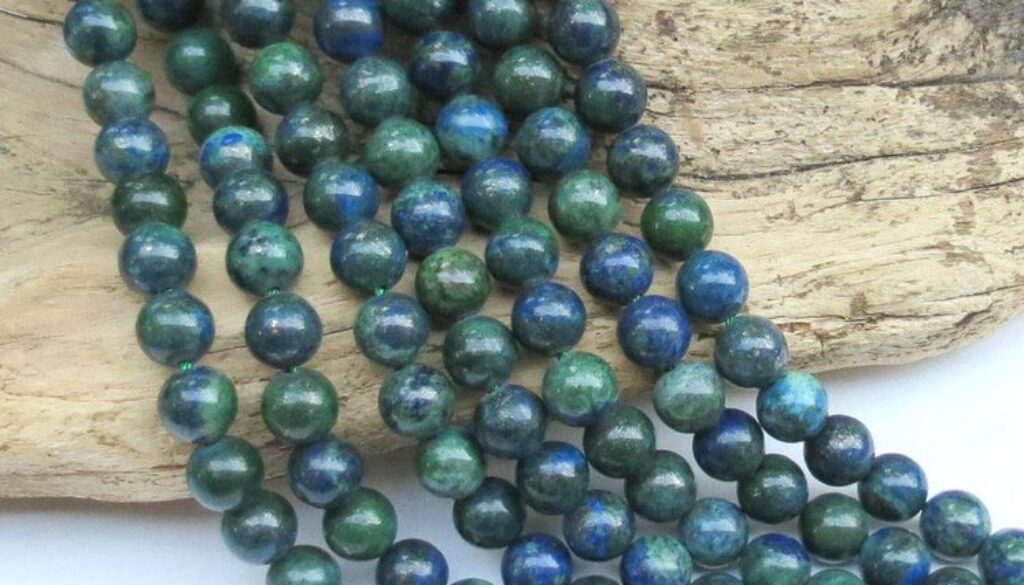
 Azurite is a soft stone, named for its deep “azure blue” color. It is a copper carbonate mineral found in the upper oxidized portions of copper ore formed in masses, nodules, tabular or prismatic crystals, sometimes with a vitreous luster. The saturated color ranges from bright to deep blue into shades of indigo, and may contain streaks of light blue. It has been ground into pigment for paint and used as a dye for fabric for thousands of years, [Mella, 74][Eason, 217][Melody, 139][www.joellessacredgrove.com][www.webexhibits.org]
Azurite is a soft stone, named for its deep “azure blue” color. It is a copper carbonate mineral found in the upper oxidized portions of copper ore formed in masses, nodules, tabular or prismatic crystals, sometimes with a vitreous luster. The saturated color ranges from bright to deep blue into shades of indigo, and may contain streaks of light blue. It has been ground into pigment for paint and used as a dye for fabric for thousands of years, [Mella, 74][Eason, 217][Melody, 139][www.joellessacredgrove.com][www.webexhibits.org]
Azurite is often found in nature mixed with Malachite, another copper carbonate mineral, this one with a bright green color. Together, in polished form, they resemble Mother Earth and carry not only their individual properties, but a powerful blend of healing energies. Although it may occur as crystals, it is more commonly found as a rough stone. It is commonly found in copper mines.
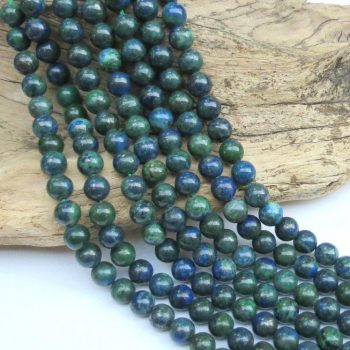 Azurite is useful in treatments for spinal alignment and disorders of the vertebrae, rib-cage and small bones, particularly those which are malformed. It may also be beneficial in treating arthritis and joint problems, for detoxification, and issues of the kidneys, gallbladder, spleen and liver. It is thought to be good for healthy skin and teeth, and to encourage the development of an embryo in the womb. [Melody, 141][Hall, 78][Eason, 217]
Azurite is useful in treatments for spinal alignment and disorders of the vertebrae, rib-cage and small bones, particularly those which are malformed. It may also be beneficial in treating arthritis and joint problems, for detoxification, and issues of the kidneys, gallbladder, spleen and liver. It is thought to be good for healthy skin and teeth, and to encourage the development of an embryo in the womb. [Melody, 141][Hall, 78][Eason, 217]
Azurite aids circulation and oxygenating the blood, and works at a cellular level to restore any blockage or damage to the brain. This is a good stone for Alzheimer’s, dementia and other degenerative brain-related disorders, as well as aging. [Melody, 141][Hall, 78][Eason, 217] Azurite may also soothe migraines, lessen tinnitus, and balance vertigo. [Ahsian, 64] It is also reported to improve reflex actions. [Gienger, 18]
